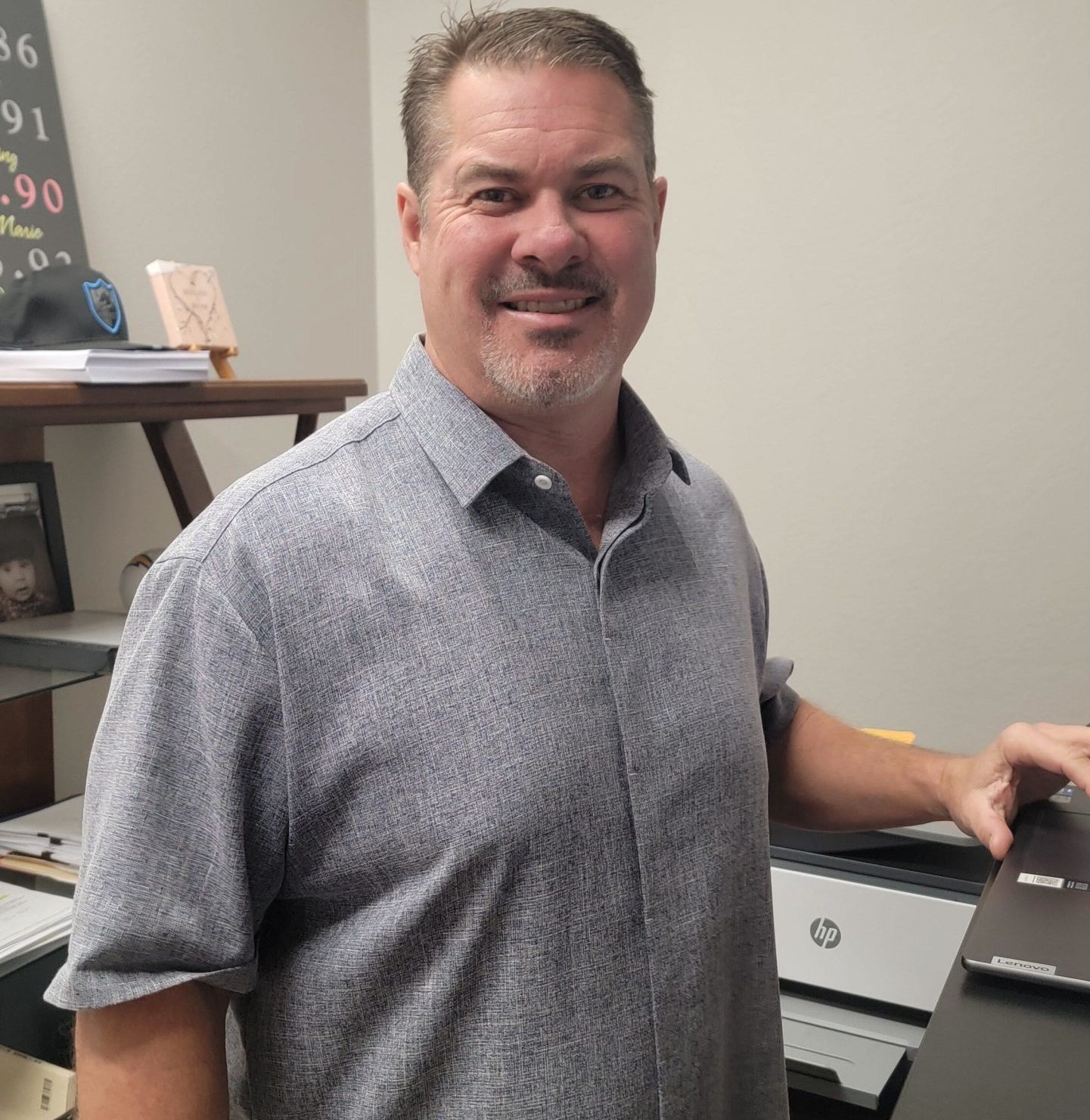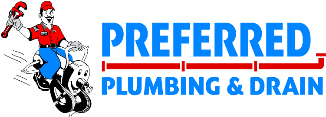
What’s the Difference Between a Drain Pipe and Sewer Line?
Drain pipes and sewer lines carry wastewater, but they’re not the same thing. Knowing the difference between them can save you time, money, and a lot of frustration when plumbing problems arise.
Plumbing problems could be confusing at times. For example, a slowly draining sink or a gurgling sound from your toilet can leave you wondering if it’s an issue with the drain pipe or the sewer line.
Therefore, in any plumbing emergency, call a professional plumber to inspect the situation. In this blog, we will give you a brief overview to help you understand the basic difference between drain pipes and sewer lines in case of emergencies.
| Need a Reliable Plumber? Call Now! |
Drain Pipe Vs. Sewer Line - What’s the Difference
Drain Pipes
- These are the smaller pipes inside your home that carry wastewater away from individual fixtures, such as sinks, showers, bathtubs, toilets, washing machines, and into a larger pipe system.
- These are often referred to as the “branch” lines in your plumbing tree.
- The main role of these pipes is to carry water from one fixture or a small group of nearby fixtures.
Sewer Lines
- The sewer line is the big pipe that takes all that wastewater from the drain pipes and carries it out of your house, usually to the city’s main sewer or a septic system. It’s buried underground and can be 4 to 6 inches in diameter or more.
- A simple drain clog can often be cleared with a plunger or drain cleaner. But a blocked sewer line is a major plumbing issue. It can affect multiple fixtures, cause raw sewage backups, and lead to serious damage.
Understanding the basic difference between a drain and a sewer line helps you catch problems early, reduce repair costs, and prevent major household damage.
Visual Differentiation of Drain Pipe and Sewer Line
Here’s the quick visual breakdown of the difference between a drain pipe and a sewer line
| Feature | Drain Pipe | Sewer Line |
| Location | Inside your home | Outside your home |
| Function | Carries waste water from one fixture | Collects all waste to exit the system |
| Size | Small (1.25 to 4 inches) | Larger (4 to 6+ inches) |
| Responsibility | Mostly homeowner’s | Often homeowners up to the property line |
What Are the Signs of Blockage in a Drain Pipe and a Sewer Line
1. Signs of a Clogged Drain Pipe
If your drain pipe is clogged due to debris, you’ll see any or all of the following signs -
- Slow-draining sink or tub
- Gurgling sounds from one fixture
- Localized bad odor
- Water pooling under a single appliance
These issues usually only affect one area of the house.
2. Signs of a Clogged Sewer Line
Most common symptoms of a clogged sewer line that you shouldn’t ignore are-
- Multiple drains backing up at once
- Water backing up into the tub or shower when flushing the toilet
- Strong sewage smell throughout the home
- Wet patches in your yard or foundation cracks
If it’s more than one fixture acting up, the sewer line might be in trouble.
Who’s Responsible for What?
When it comes to plumbing, one common question people ask is: “Where does my responsibility end and the city’s begin?”
You (the homeowners) are responsible for -
- All the drain pipes inside your house.
- The main sewer line that runs from your home to the edge of your property up to the sidewalk, curb, or a clean-out access point.
The city or municipality is responsible for -
- The public sewer line beyond your property is usually under the street.
So, if there's a clog, break, or root intrusion in the part of the sewer line that runs through your yard or under your driveway, it’s your job to fix it, not the city’s.
This is where your trusted local plumbers can help identify whether a blockage or damage lies on your side or the city’s, and take fast, effective action to resolve it.
| Don’t Wait for a Plumbing Emergency - Schedule an Inspection Today! |
How to Prevent Drain and Sewer Problems?
Here are some quick, effective tips you can start using today.
- Don’t pour grease down the kitchen sink
- Fix drain strainers to catch hair and debris
- Flush only toilet paper. Don’t flush wipes or any feminine products
- Schedule annual plumbing inspections
- Consider hydro jetting for preventive maintenance
Read More About:
- Which Sewer Repair Works Best? Pipe Lining vs. Pipe Bursting
- Toilet Clog or Sewer Line Issue? Here’s How to Know for Sure
- Detect Hidden Drain Issues with Video Camera Inspections
- 8 Plumbing Tools Every Homeowner Should Invest In
Takeaway
Understanding how your drain pipes and sewer line work can help you spot problems early, avoid major damage, and make smarter decisions when plumbing issues pop up. Even if you’re not a plumbing expert, you just need to know who to call when it’s required
Never wait for a small problem to become a major mess. Call an expert plumbing company to fix the issues asap.
| Area Of Our Plumbing & Drain Services | ||
| Plumbers Modesto | Plumbers San Jose | Plumbers Berkley |
| Plumbers Arden-Arcade | Plumbers East Bay | Plumbers Sacramento |
Drain or Sewer Issue? Preferred Plumbing & Drain Will Figure It Out
We at Preferred Plumbing & Drain are your local plumbers in Stockton! From old pipes in historic homes to newer builds with modern materials, we’ve seen every type of plumbing system in the area. When you're dealing with a plumbing issue, you don’t want to wait. We can get to you quickly without any long wait times. So, call us for any plumbing emergency. We’ll fix it quickly and effectively

Bryan Graves has been in the plumbing and drain cleaning industry since 1989, starting as a service technician. He served as Vice President to the CEO until 2006, which is when he started his own business, Preferred Plumbing & Drain. For the past 19 years, he has kept a 97% customer satisfaction rating by making sure every customer of Preferred Plumbing & Drain is happy enough to recommend us to others. When Bryan is not working, he enjoys spending time with his family, going boating, and watching sports.


 Request a Service
Request a Service